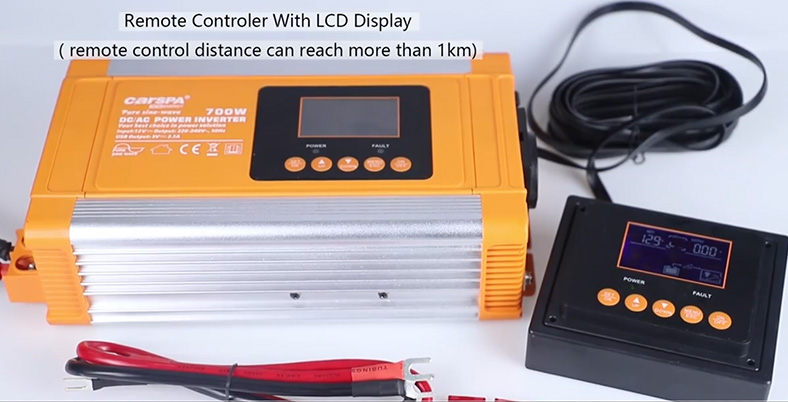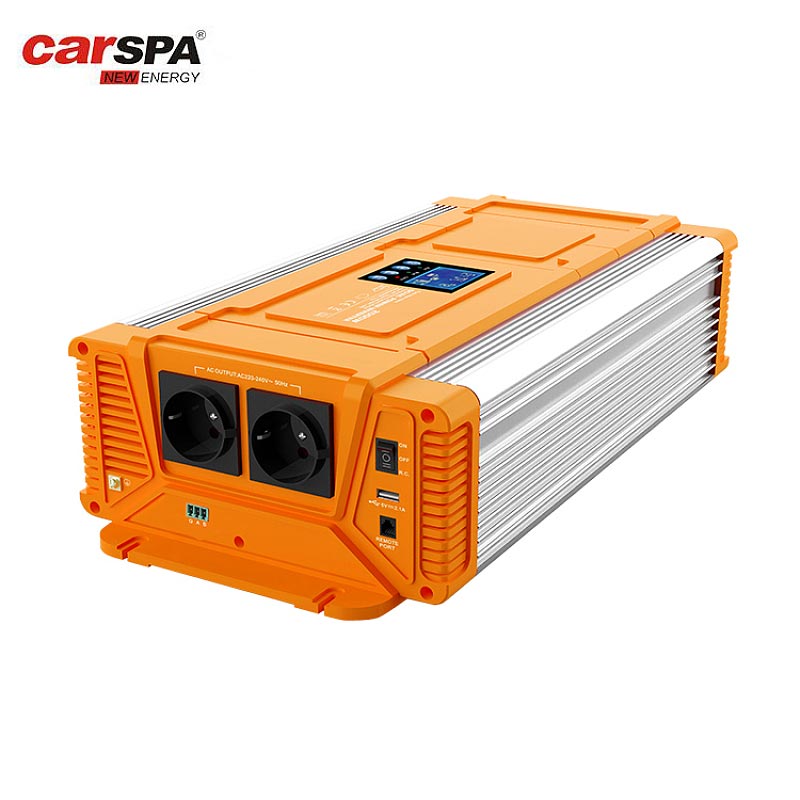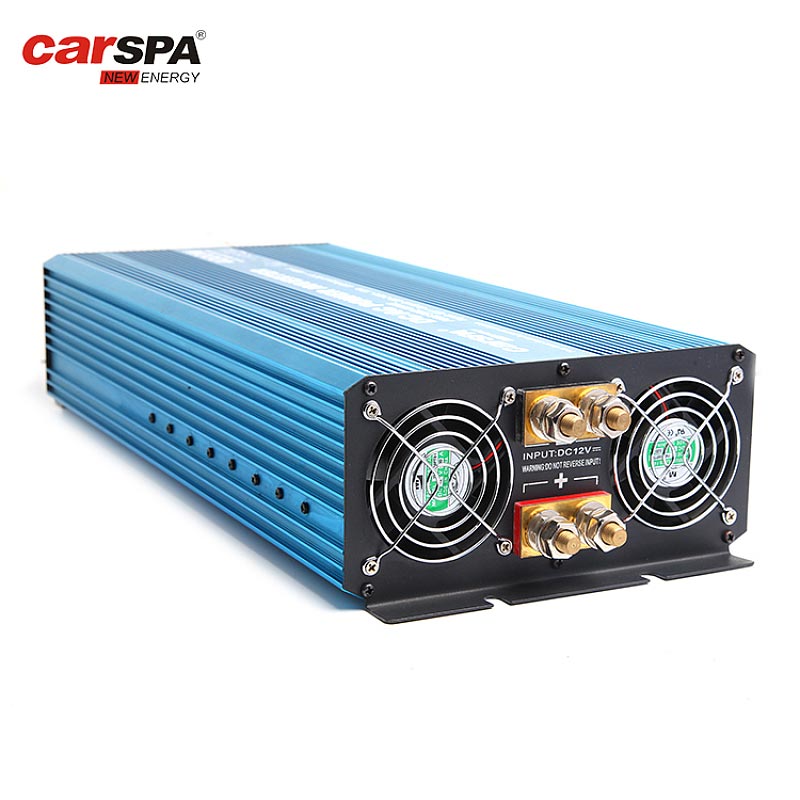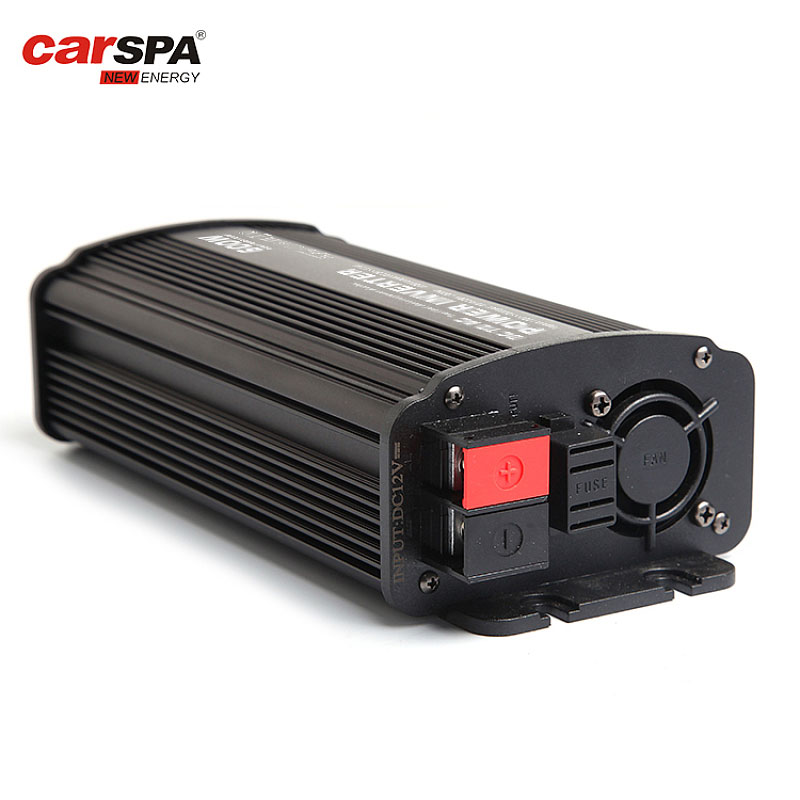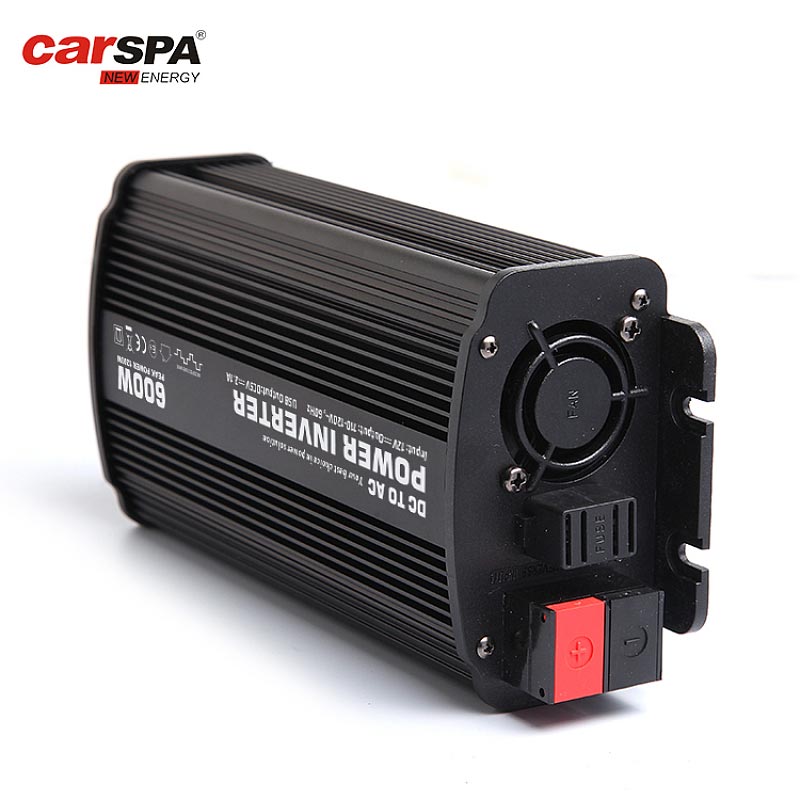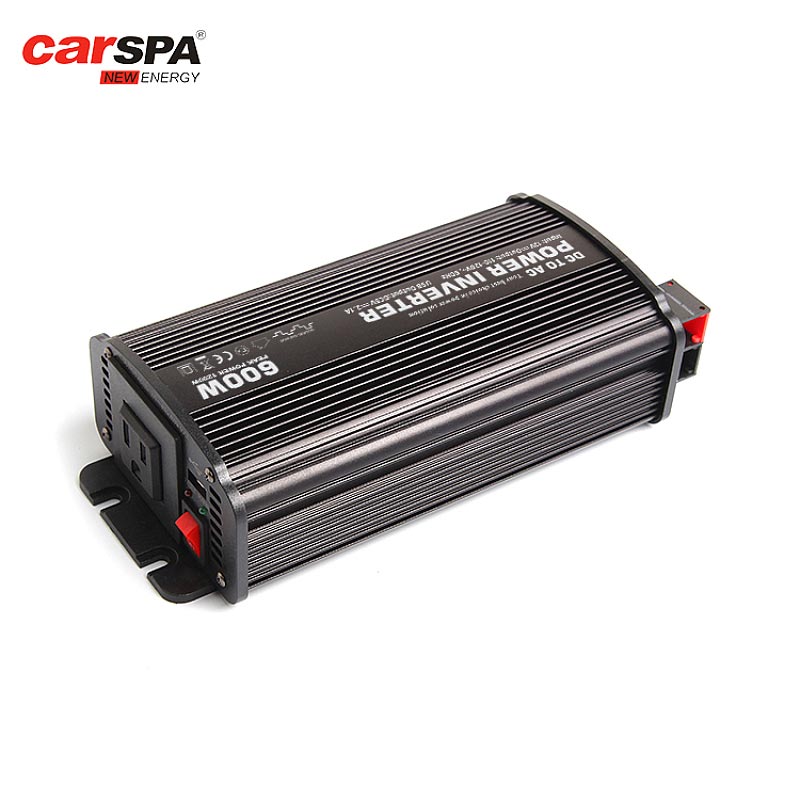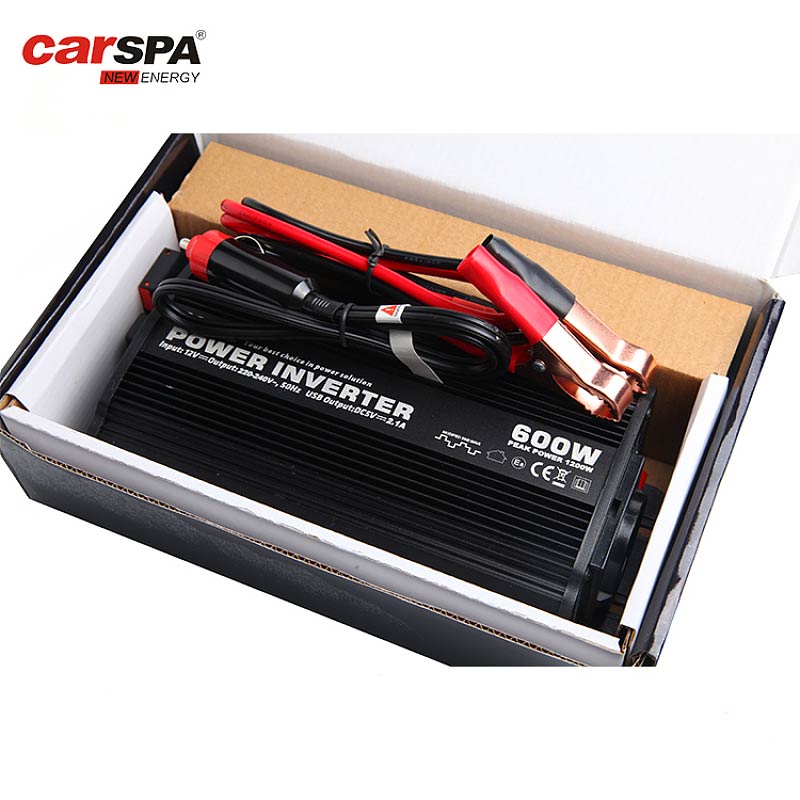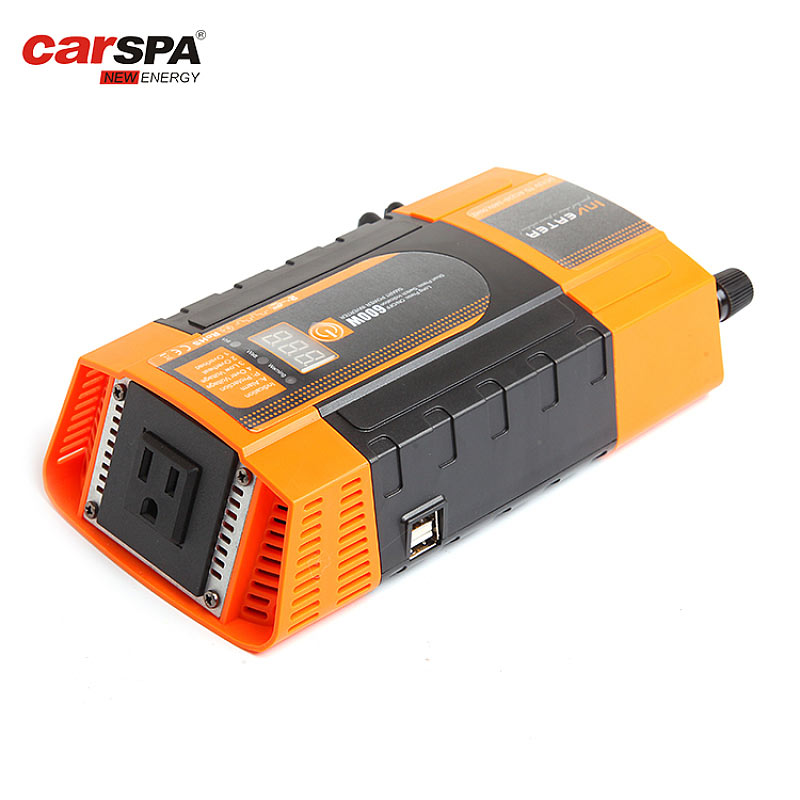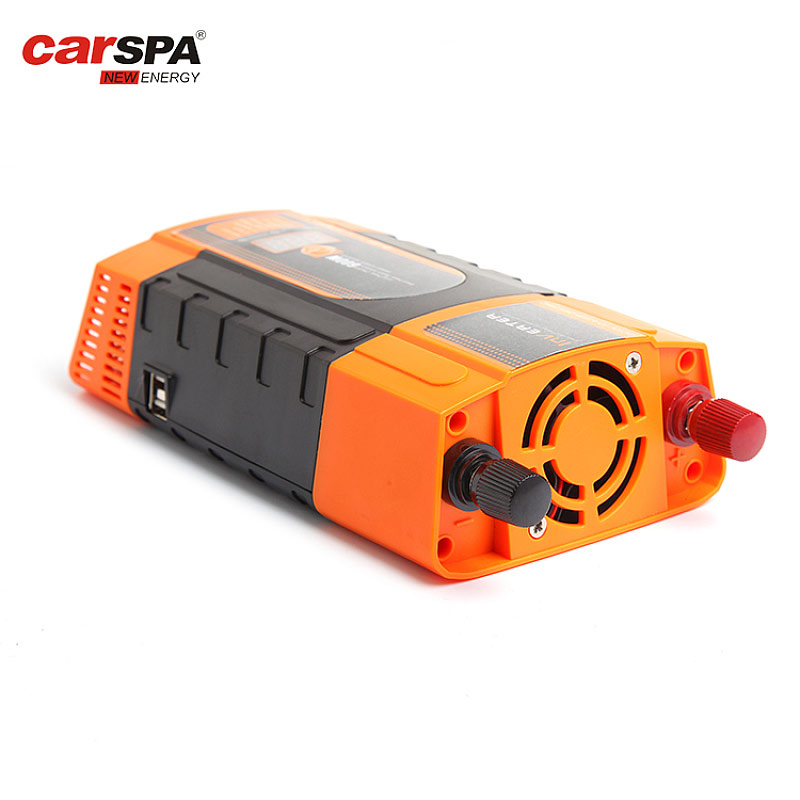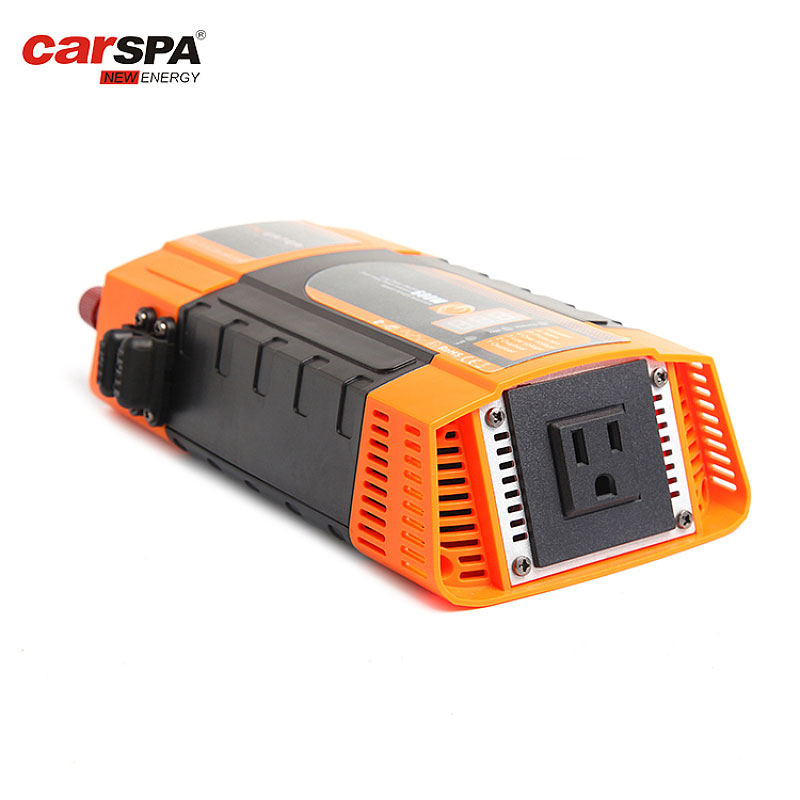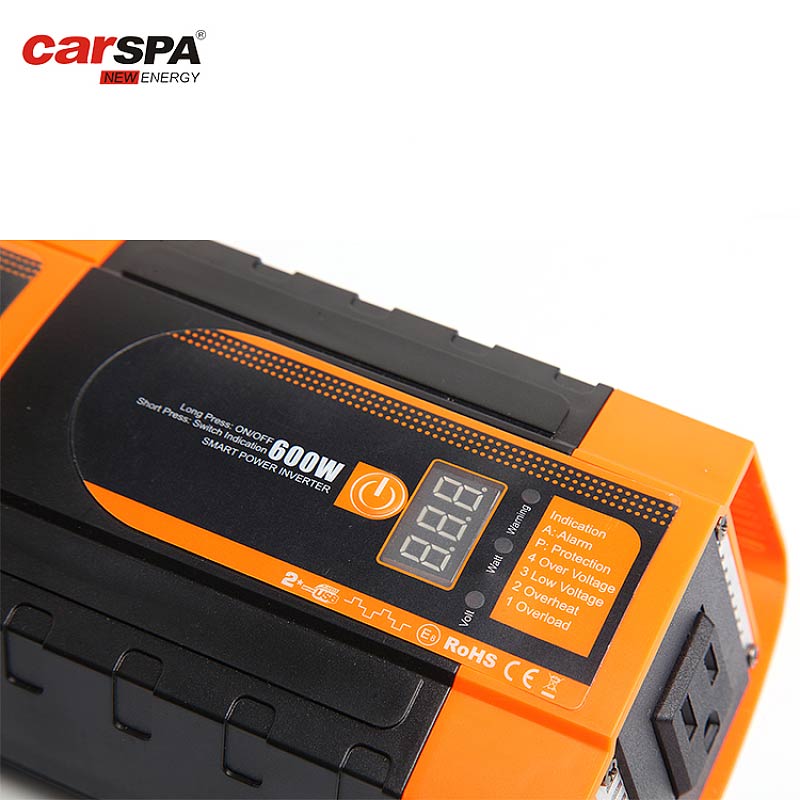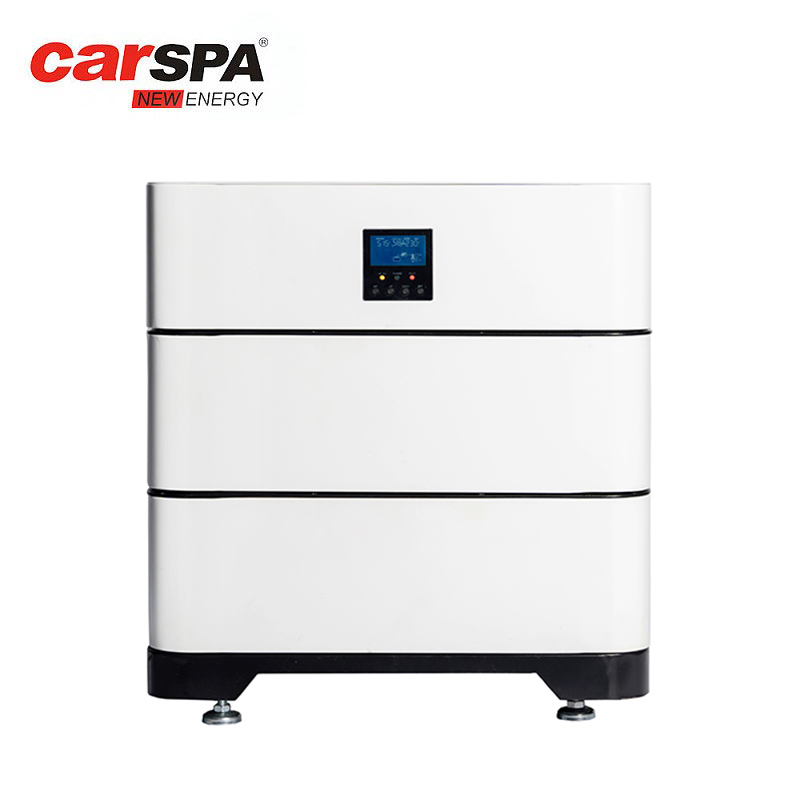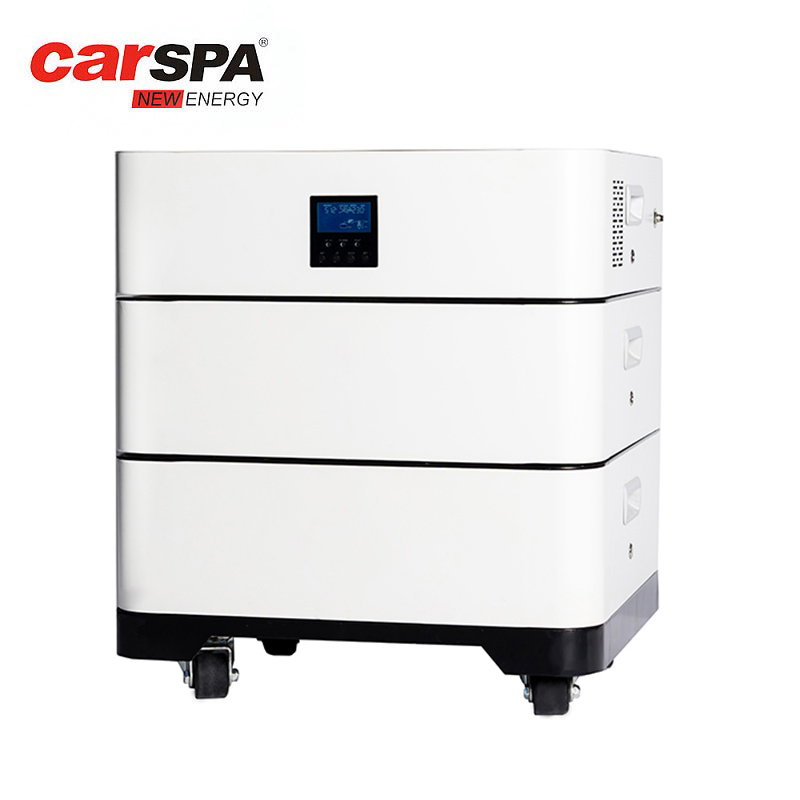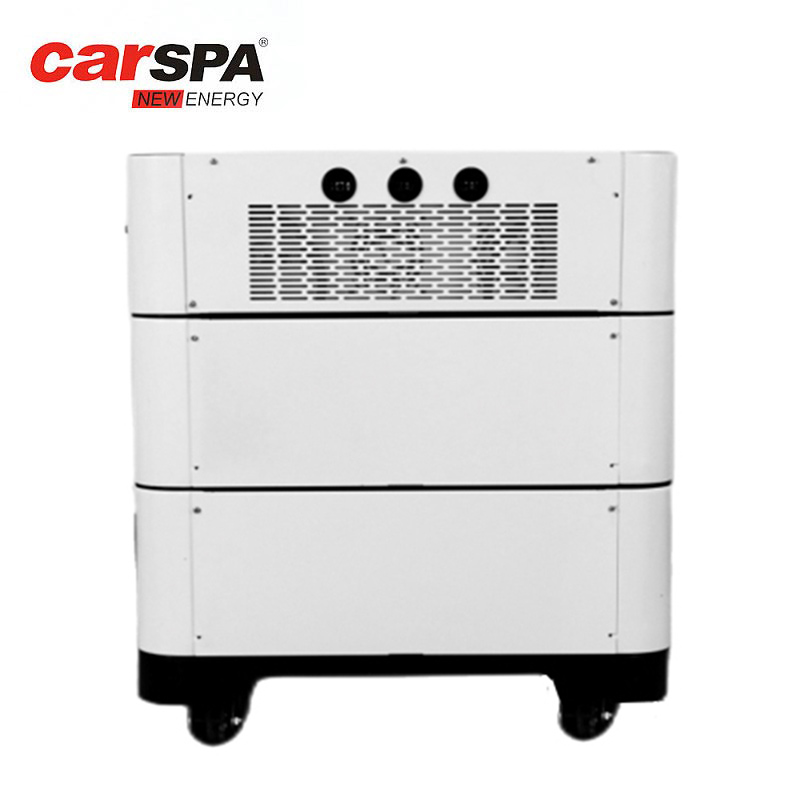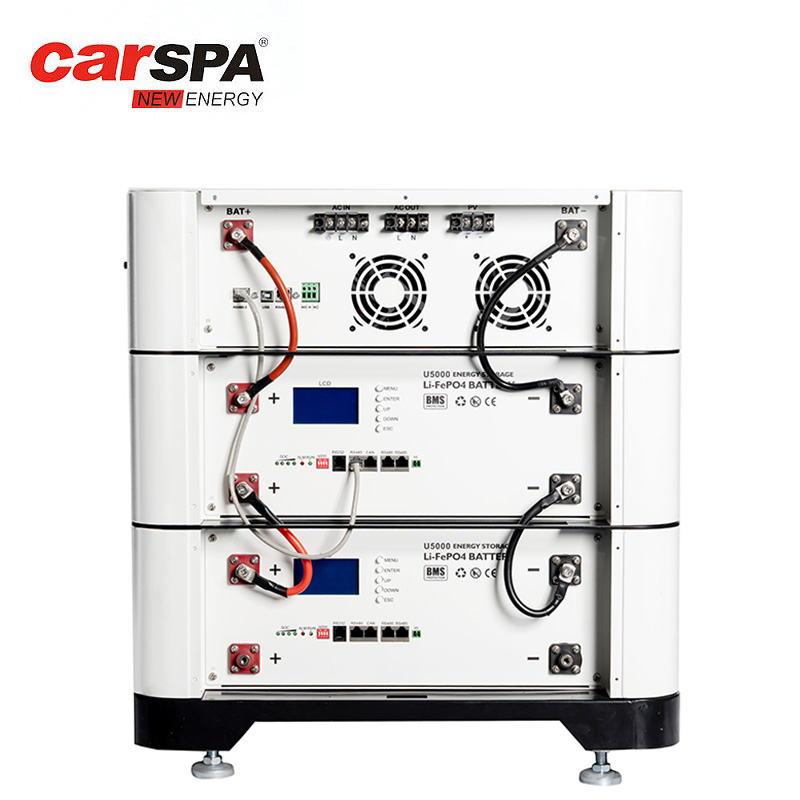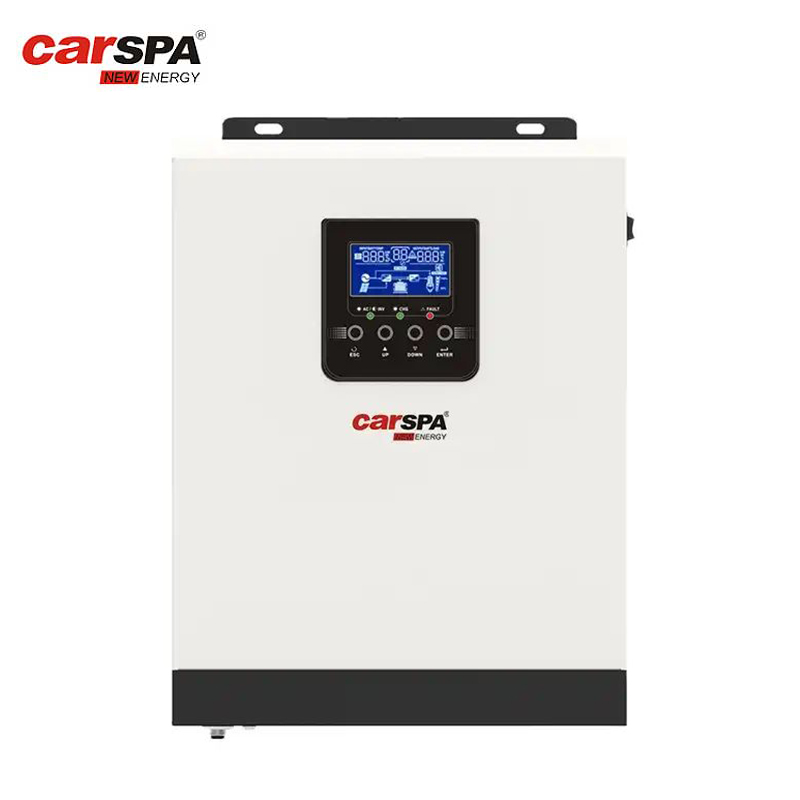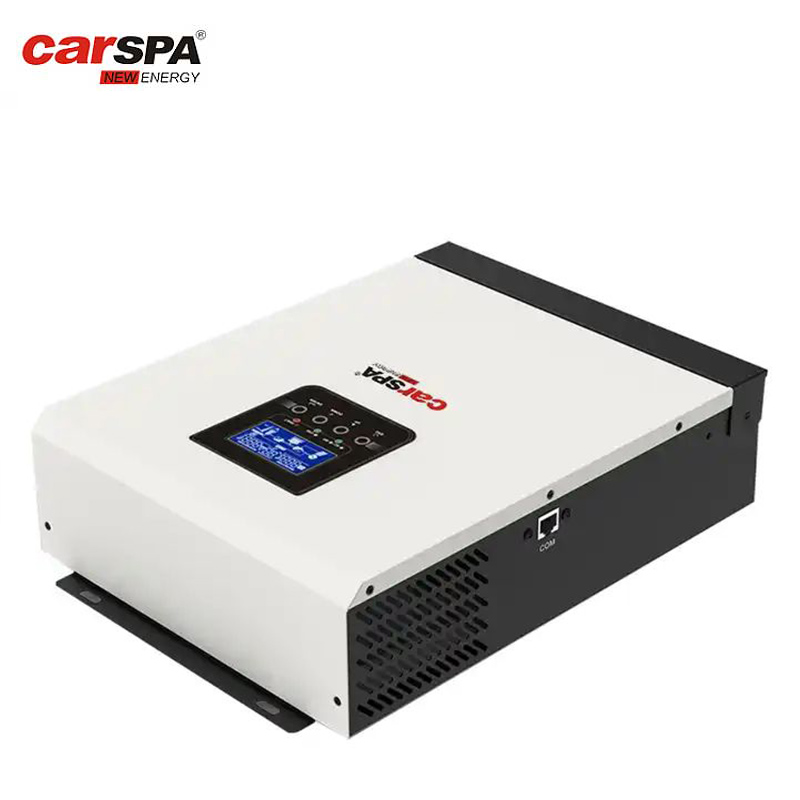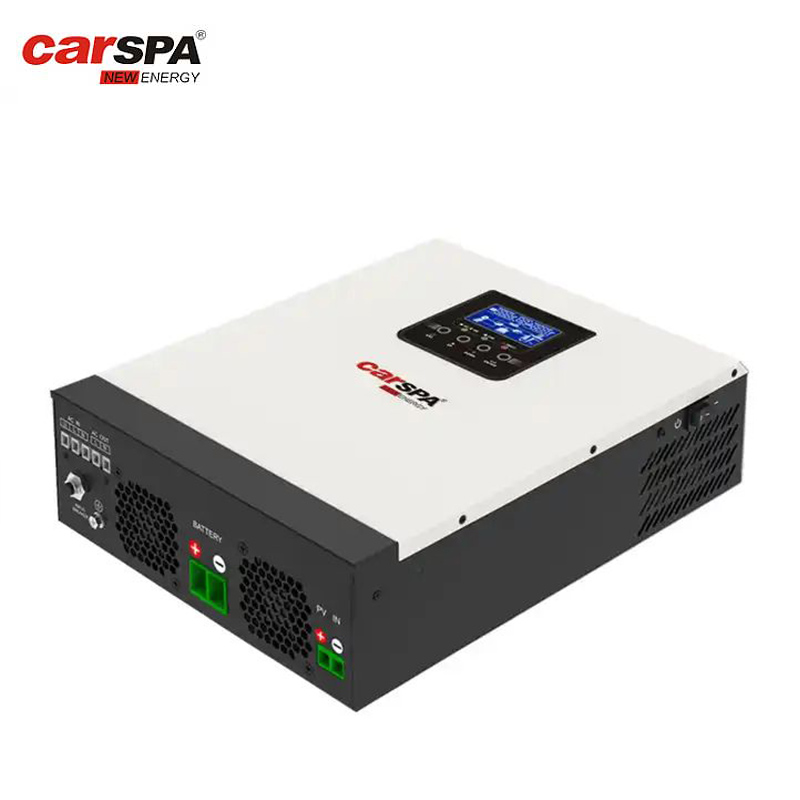How to install an off-grid solar power system
In today's society with increasing awareness of environmental protection, more and more people are paying attention and taking measures to reduce their dependence on traditional energy sources. One of them is to provide clean, renewable energy for households by installing solar power generation systems. This article explains how to install an off-grid solar power system to free your home from dependence on the traditional power grid and contribute to environmental protection.
1. Planning and Design Phase
Before installing an off-grid solar power system, detailed planning and design is required.
Determine energy needs
First, you need to understand your home’s energy needs. By reviewing your electricity bills over the past few months, you can understand your home's electricity consumption and time distribution so you can determine system capacity and configuration.
Determine the installation location
Next, evaluate your home’s roof or other possible installation locations to ensure adequate sunlight exposure. The ideal installation location is a location that receives maximum sunlight throughout the day.
system design
Design photovoltaic power generation systems, including solar panels, inverters, battery energy storage systems (optional), safety equipment and electrical wiring. When selecting a solar charge controller, make sure it is compatible with other components in the system and has the appropriate charge control capabilities to ensure safe and reliable battery charging and discharging.
Obtain necessary licenses and approvals
Before beginning installation, check with your local government or building department to learn about laws and regulations for installing solar systems and obtain necessary permits and approvals.
2. Procurement and installation phase
Once planning and design are complete, equipment can be purchased and installed.
Purchase equipment
Purchase equipment such as solar panels, inverters, battery storage systems (if needed), brackets, safety switches and accessories. When choosing an inverter, generally speaking, a 3000 watt power inverter is enough to support the regular electricity consumption of an ordinary family, but does not include the use of large electrical appliances. If there are large electrical appliances that are not commonly used in the family, we usually It is recommended to use these electrical appliances separately from the grid instead of counting them in the off-grid system, because high-power inverters tend to be more expensive. If you choose to purchase a high-power inverter specifically for infrequently used electrical appliances, converter, it will appear to be a bit of a waste of resources.
Install solar panels
Depending on the design, install the solar panels on the roof or other suitable location, ensuring the correct inclination and orientation to capture maximum sunlight.
Connect solar charge controller and battery energy storage system
Choose to install a battery energy storage system, install it according to the manufacturer's instructions, and connect it to the solar panels through a solar charge controller.
Installation of off-grid inverter and electrical wiring
Install and connect the inverter to your home's electrical system, making sure the wiring is safe, secure and meets electrical codes
Connect to the power network (optional)
If your system supports bidirectional power supply, you can connect it to the power network for backup power supply or to sell power back to the grid.
3. Testing and Debugging Phase
After completing the installation, you need to test and debug the system to ensure it is functioning properly.
System test
Test various parts of the system, including solar panels, inverters, batteries, safety switches, etc., to ensure they are functioning properly.
Overall performance test
Test the performance of the entire system, including power generation, energy conversion efficiency, battery energy storage and power supply capabilities, etc.
4. Maintenance and Monitoring Phase
Once the system is installed and running properly, regular maintenance and monitoring is required.
Regular maintenance
Regularly check the health of solar panels, solar charge controllers, inverters and battery energy storage systems, and clean solar panels to ensure their efficiency.
Monitor system performance
Use a monitoring system (if available) to monitor the performance of the system, including power generation, battery status, fault alarms, etc., to detect and solve problems in a timely manner.
Conclusion
By installing an off-grid solar power system, you can provide your home with clean, renewable energy, reducing your reliance on the traditional electricity grid while contributing to environmental protection. During installation, please always pay attention to safety and ensure compliance with local codes and regulations. I hope this article can provide you with some help and guidance for installing an off-grid solar power system.


